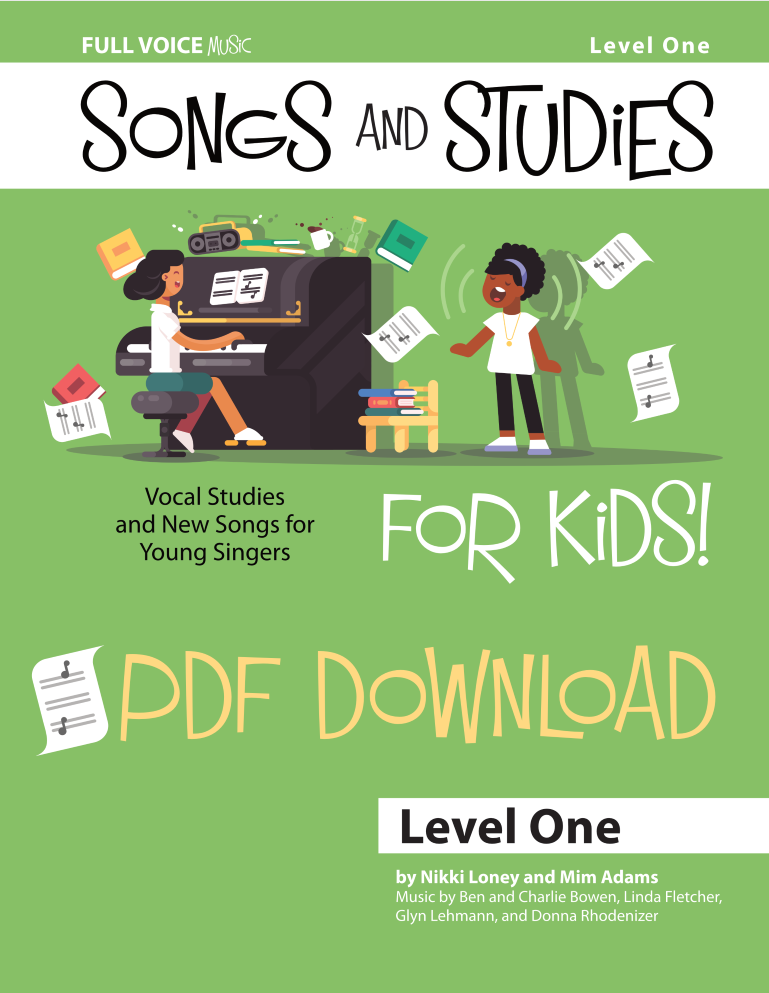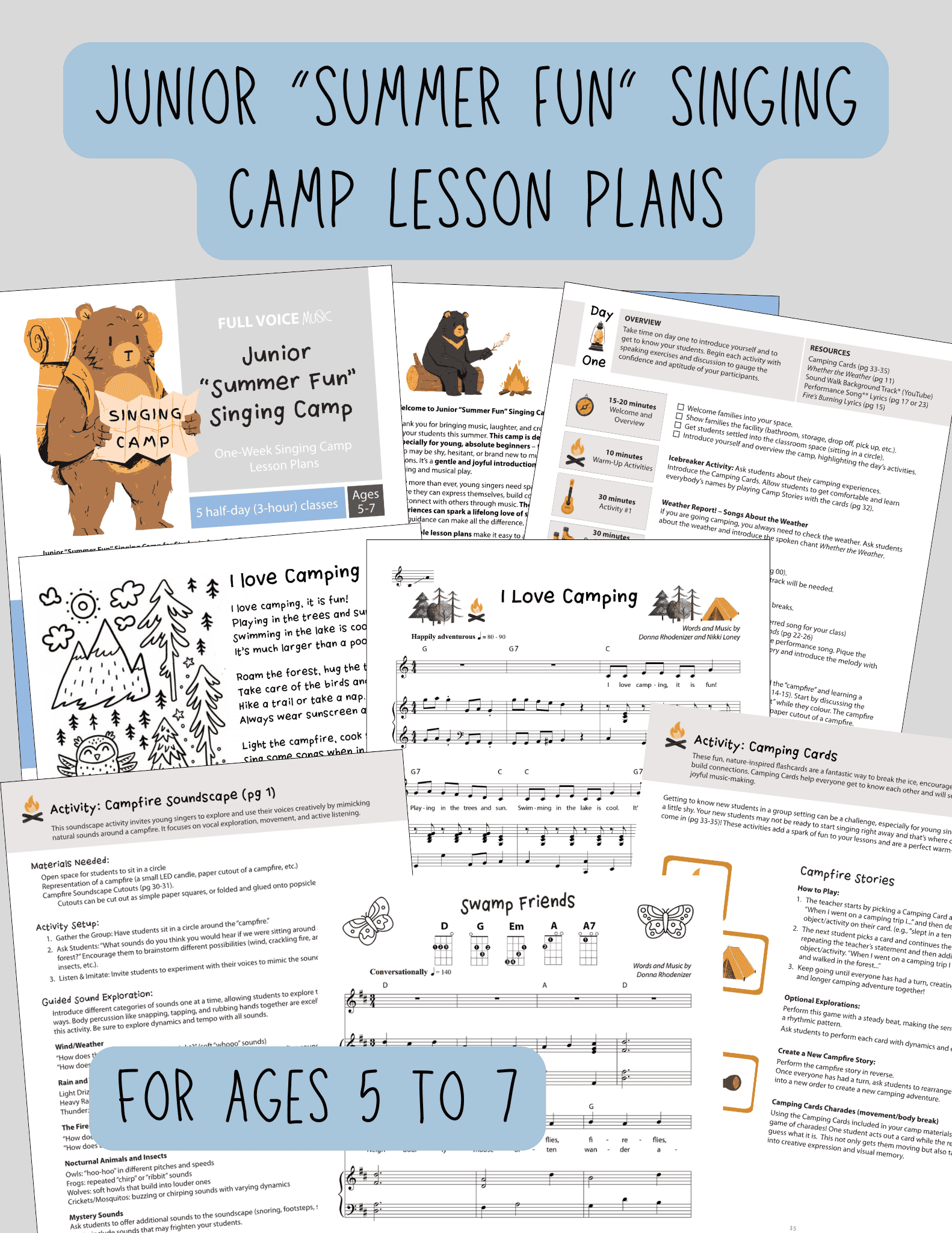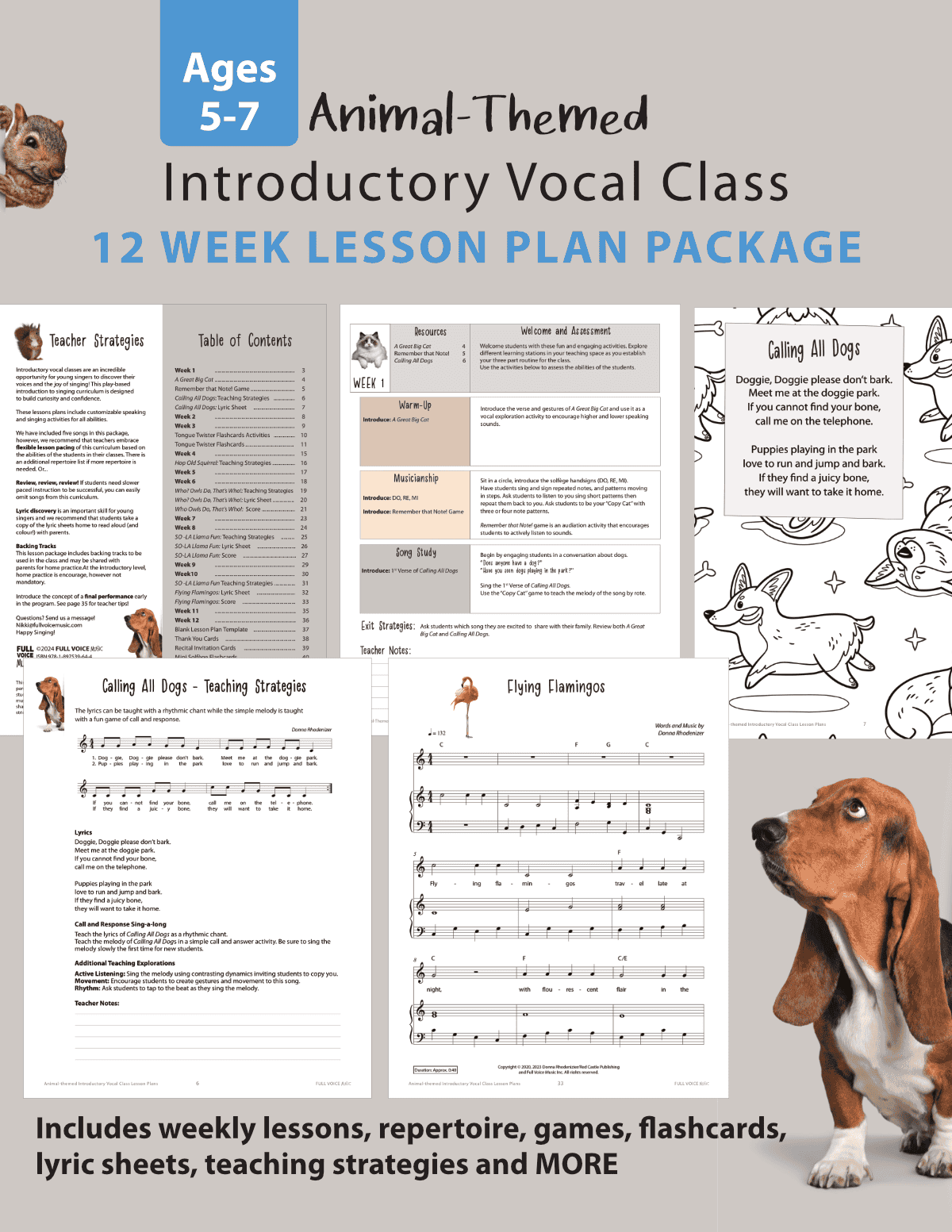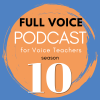Let’s Talk About Attention in the Voice Studio
Paying attention is hard for all of us, and kids face even more challenges in a world full of distractions. Young humans are still developing executive function skills like attention, working memory, inhibition, and self-regulation, which take years if not decades to develop. As teachers, we can’t demand attention on command, but we can nurture it with structure, engaging activities, gentle guidance, and plenty of encouragement.
Here’s a helpful way to think about attention.
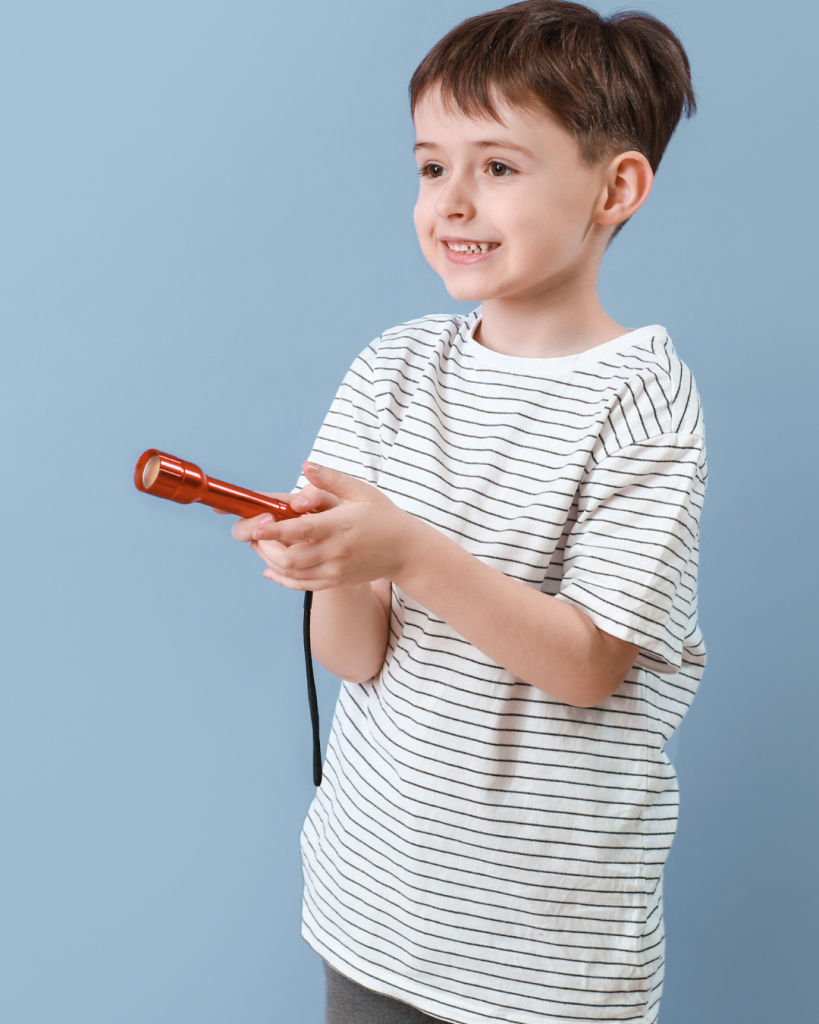
🔦 Attention is Like a Flashlight
Each of us has only one flashlight.
We can only shine it in one direction at a time.
Often, we need to spark interest to turn that flashlight on.
Other times, the flashlight is pointed at something else.
The clock.
The barking dog.
A hungry feeling in our stomach.
The itchy shirt.
And occasionally, it’s not a narrow beam at all, it’s a floodlight, scanning everything in high-alert mode.
This is when we might be seeing the nervous system in fight, flight, or freeze mode. And here’s the tricky part: the fight, flight, or freeze response is SNEAKY. I guarantee you have misread a student’s behaviour.
🚨 What Fight, Flight, or Freeze Can Look Like in Lessons:
- A fidgeting student may not be misbehaving; they may be self-regulating.
- A student who shuts down may not be defiant; they may be overwhelmed.
- A quiet or seemingly disengaged student may actually be in survival mode.
When a student feels uncertain, pressured, embarrassed, confused, or vulnerable while learning something new, their nervous system may quietly shift into self-protection mode.
And in those moments?
Attention isn’t available.
Not for listening. Not for learning.
💡 So What Can We Do?
Here’s the good news:
There’s a lot we can do to support attention in our studios, no matter what age or stage our singers are in.
✅ Check in and connect. Relationships first. When students feel seen and safe, their brains can engage.
✅ Connection before correction. Allow students to explore voices without a right or wrong narrative. Changing your language to “I wonder what would happen if” instead of a correction works like magic.
✅ Offer choices. Let them pick the warm-up, the song, or how they want to begin. It gives them agency and builds trust.
✅ Embrace student-led learning. Even small moments of leadership (like making up a warm-up or choosing the following section to review) boost confidence and engagement.
✅ Lean into play. Playful, hands-on learning isn’t just fun, it’s essential. It quiets the nervous system, invites curiosity, and helps turn that attention flashlight back on.

Want more best practices for working with children in voice lessons? Every month we take a deep dive and answer YOUR questions.
Join our free teacher webinar
🌈 At FULL VOICE Music, we think about those flashlights – a lot!
All our resources and music is developed with that flashlight in mind.
🎨 Full-colour, visual, hands-on materials to spark imagination
🎶 Songs that invite playful exploration and build emotional connection
🧠 Activities designed for developing brains and diverse learners
We make it easier to turn flashlights on and keep them on. Check out our workbooks, songbooks, and repertoire for attention-grabbing resources!
Psst…Teaching voice today looks different: student-centered, inclusive, and inspiring.
Subscribe to our Teacher Newsletter for ideas and resources to help you build safer singing spaces.


